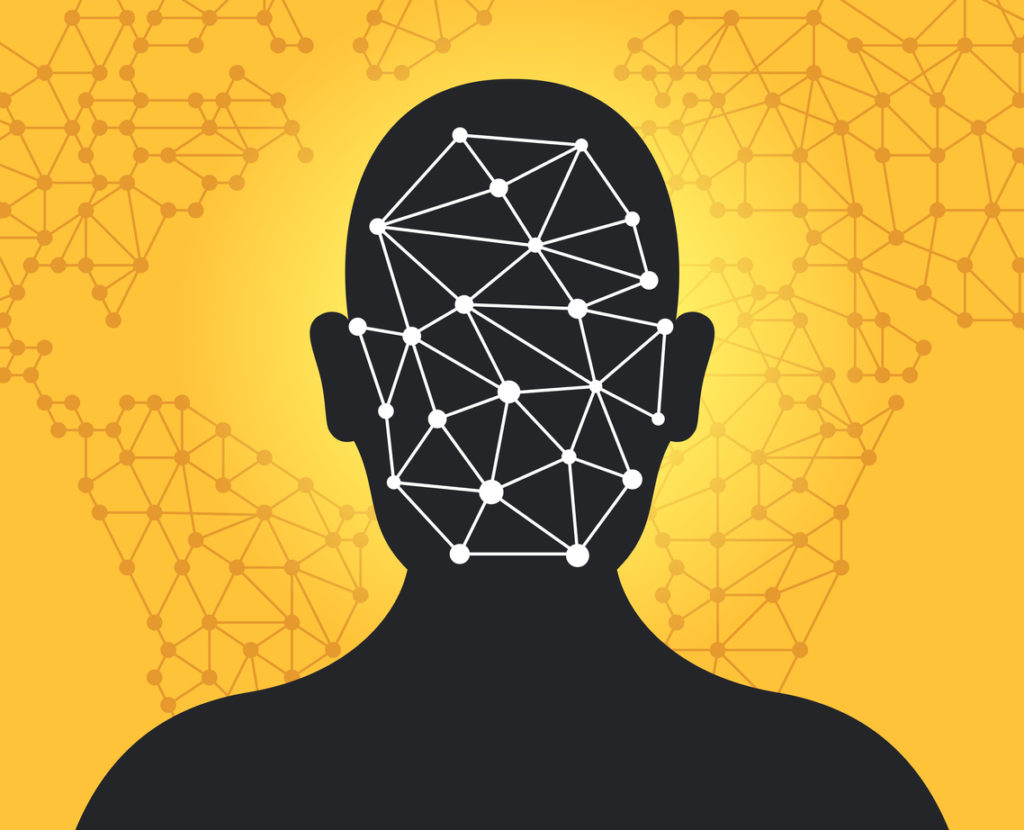By Lawrence Dodds, Client Director at UM London
A recently produced fake video of Tom Cruise has once again propelled deep fake technology back into public consciousness. Where we once found the technology to be a novelty, the ability of deep fake to make the imagined real, is now of worrying concern to some.
Deep fakes have the power to ruin careers and reputations, by facilitating a celebrity’s likeness to be adopted and used against them. We could even see the technology begin to permeate the world of politics, as foreign governments seek to influence elections and put fake words and opinions into the mouths of rivals. We know that governments have been working on ways to detect deep fakes and to ensure authenticity across both video and imagery. They, like many of us, are worried that we will reach a point of no return; where we can no longer trust what we see and hear.
While there is much to tackle in terms of responsibility and authenticity as the technology advances, there is a clear role for deep fakes within brand advertising. It could be suggested that through understanding, adopting, and regulating, we will be in a good position to utilise the technology, before reaching the point of no return.
Brands regularly partner with both iconic celebrities and influencers in an effort to change or enhance brand perceptions and to generate content. These contracts are highly lucrative; with deals such as Beyoncé’s partnership with Pepsi reportedly fetching as much as 50m USD.
Deep fakes are an opportunity to deepen the relationship between brands and the celebrities that represent them in their ATL communications. The pandemic to some extent has limited the global reach of these partnerships, as in some cases travel has been a barrier. Deep fakes offer the opportunity for celebrities to detach their visual identities and persona from the limits of their physical selves.
Imagine if suddenly, brands could fully utilise talent across all of their touchpoints. A brand like Santander could have Ant and Dec provide virtual assistance in the form of chatbots, audio and even video content. To a consumer the campaign would appear seamless, through combining the best of owned, earned, shared and paid media. A joined up campaign would ultimately increase recall and strengthen brand attributes.
We must also consider the rise of Metaverse environments – that have recently become a virtual lifeline for some. New environments such as these are only going to speed up the pace of change. Travis Scott’s live concert in Fortnight was a major cultural event. Such opportunities continue to grow in scale; fueled not just by the pandemic, but also by digital transformation, and brands who are closely taking note of the rapid consumer behavioural changes of the last year. As we move into the age of the Metaverse, there is a clear role for brands to produce virtual talent; based both on content from real influencers, but also completely synthetic ones.
Personalisation and dynamic content is another reason that we could see increased use of deep fake technology. It is not unusual for campaigns to feature a staggering number of creatives, sometimes into the 1000s. Deep fake technology would mean that communications can be generated quickly and would limit the amount of time spent in the studio. In market, campaigns could be further optimised and amended quickly based on machine learning.
With the rise of the use of deep fake technology, nefarious use of identify is likely to become a problem. Non-fungible tokens (NFT) offer some hope in ensuring communications are authentic. There is much discussion around their use as a way of allowing the buying and selling of digital media. Most notably the technology was recently used to sell the first ever tweet to the highest bidder. The technology seems to be scaling fast; as Open Sea, a NFT network, has just raised 23m USD funding. NFTs provide a layer of security
through the decentralised ledger and could be used to identify ownership and validate content that has been synthesised by AI. Those looking to sell their identify could use NFTs or similar technology to avoid foul play.
So, whilst the advancements in deep fake technology do pose many difficult questions and challenges around authenticity and a person’s right to ownership of their own image; the potential it offers in terms of creating a seamless and personalised brand narrative, and impactful communications is immense. Will it be worth the payoff? That has yet to be seen. However, if the technology can be properly regulated, and consequently used both responsibly and morally, we may be looking at a huge change in the way in which content is generated, for good.







